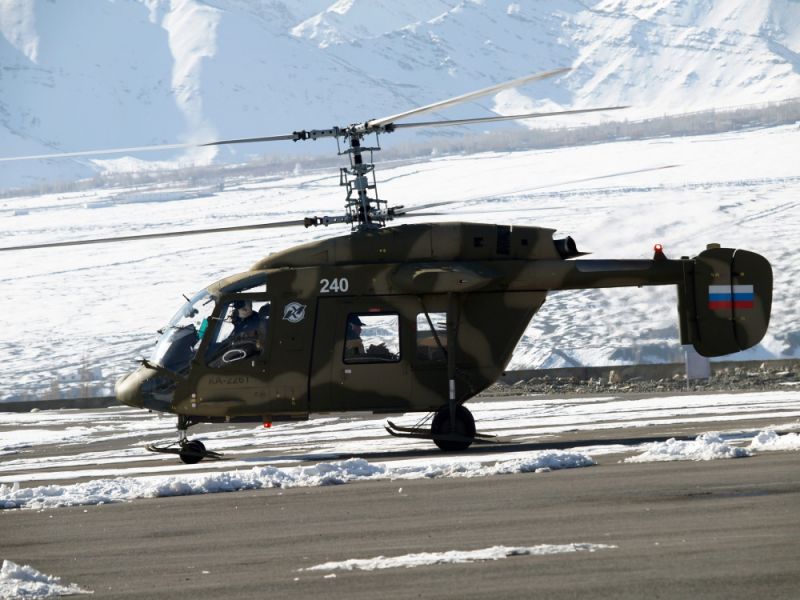Is Ka-226T best suited for 111 NUH?
By Team IDI

After the Defence Acquisition Council’s nod to the Naval Utility Helicopter (NUH) procurement programme under the Strategic Partnership Model, the road for the acquisition of 111 helicopters is open for Indian Navy. The Rs 21,000 crore (USD 3 bn) programme is not only going to energise the India defence sector but will also bring in the much-required technology.
In the last one decade, India has made some achievement in developing in-house light helicopters like Advanced Light Helicopter Dhruv, Light Attack Helicopter, and underdevelopment Light Utility Helicopter. All these helicopters have been developed by India’s government-owned Hindustan Aeronautics Limited (HAL) which is also partnering with Russia to manufacture 200 Ka-226T utility helicopters for communication requirements of India armed forces.
During its 30 years of service life, the below 5 ton helicopter is expected to perform, communication, search and rescue, humanitarian and disaster relief, medical evacuation, anti-piracy and anti-terrorism including capability to deploy Radar Warning Receiver (RWR), Missile Approach Warning System (MAWS), Countermeasure Dispensing System (CMDS), surveillance and subsurface warfare.
The addition of sub-surface warfare requires the helicopter to be on the heavier side to carry the anti-submarine warfare systems. The existing utility helicopters of Indian Navy – the Chetak has a maximum take-off weight of over two tons whereas the HAL’s Dhruv (Naval) is over five tons.
The requirement of Indian Navy for NUH is very much similar to its Naval Multi-role Helicopters.
Although the process has not kicked off and Indian ministry of defence is expected to call for bids very soon, but one is aware of the helicopters that are going to participate in the bid. One of the foremost contenders which are also being pursued by other sister services is the Russian Ka-226T.
In April this year, an Indian team visited the Russian facility to witness the landing of the naval version of Ka-226 T on a ship deck and other demonstration of its capability. This was a kind of familiarisation of the Indian authorities with the capabilities of the platform which they are purchasing.
Although, officially the names of the contenders are not out, reportedly, Airbus and Sikorsky are competing in the programme with their offers. Airbus is expected to decide between its Panther AS565 and H135M. Similarly, Sikorsky is betting on its S-76D choppers.
The Russian chopper with its modular design which gives its user lot of operational flexibility and the co-axial rotor which gives it stability in high crosswinds is its unique selling point. This also allows the helicopter to hover more precisely making it much more precise in rescue operations. Being a smaller utility helicopter, it can fit in smaller ships as well.
Another feature that makes Ka226T much-desired helicopter is its high rate of climb of around 12m/s and the lower rate of descent of around 8m/s, first makes it faster to climb to cruise height and the second makes it a safer to land on moving ship as it provides the pilot with more control. In rough sea condition, this can play a critical role in the success of the operations.
With the service ceiling of over 5000 m and a top speed of 250 and space to carry seven passengers Ka-226T ticks all the important and significant parameters and If one clubs the existing production partnership will shorten the procurement timeline and with larger order the venture will create a bigger industrial ecosystem which can be leveraged towards developing own next generation chopper range. As Ka 226T is will join the fleet of other two services, it will provide interoperatibility to Navy. This chopper makes a serious business case for Indian Navy’s NUH requirement.
Pic- Russian Helicopters



